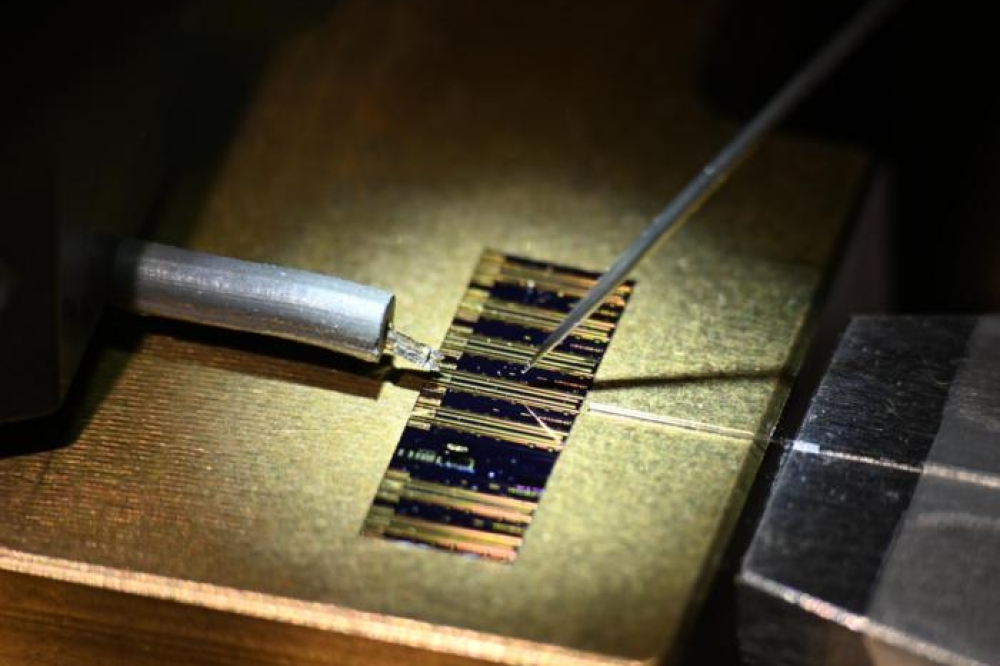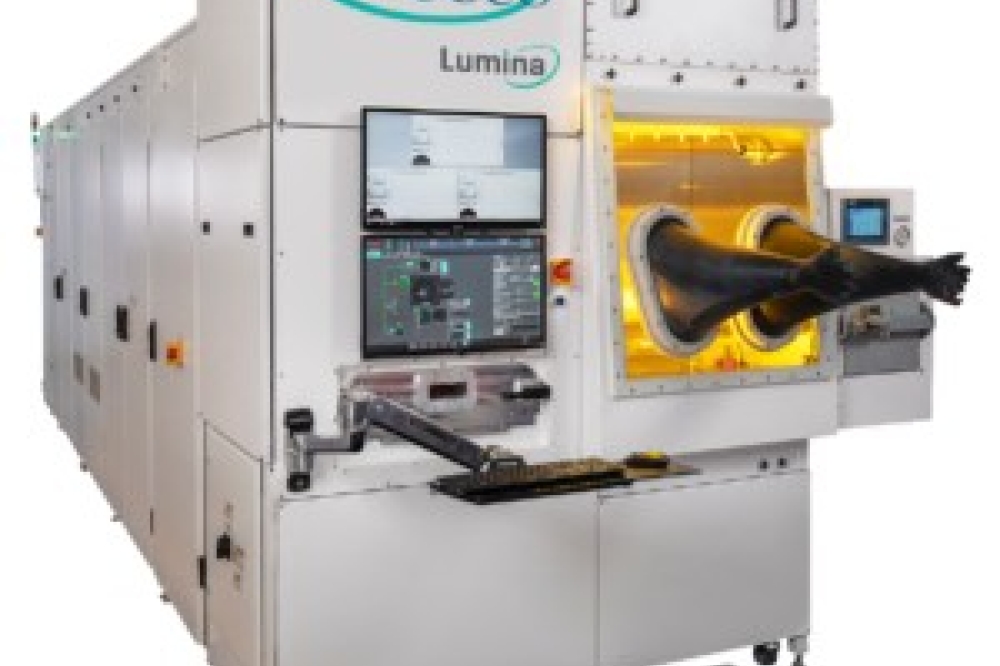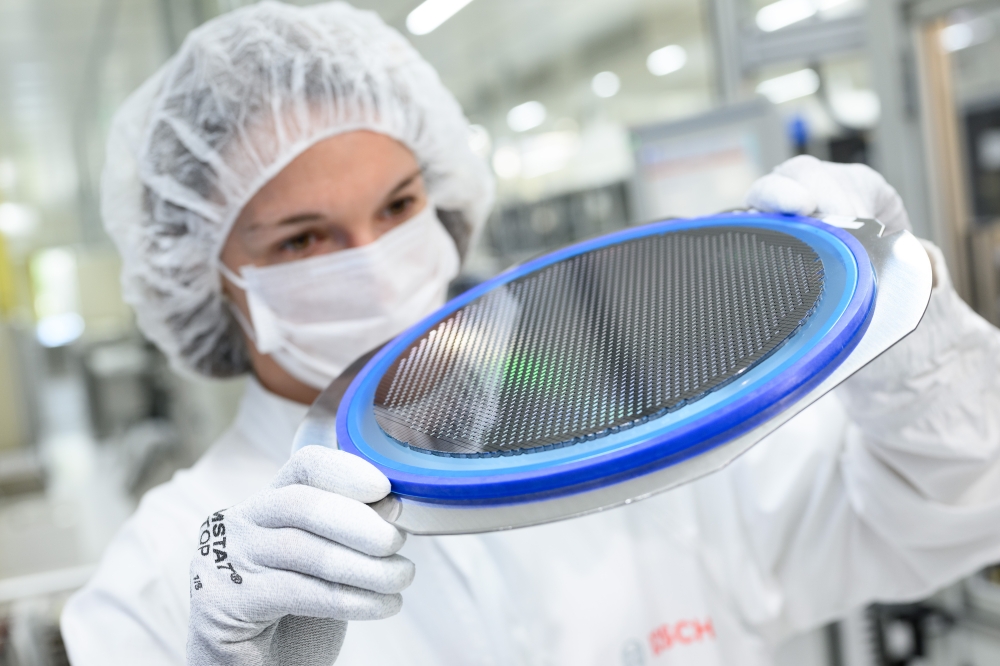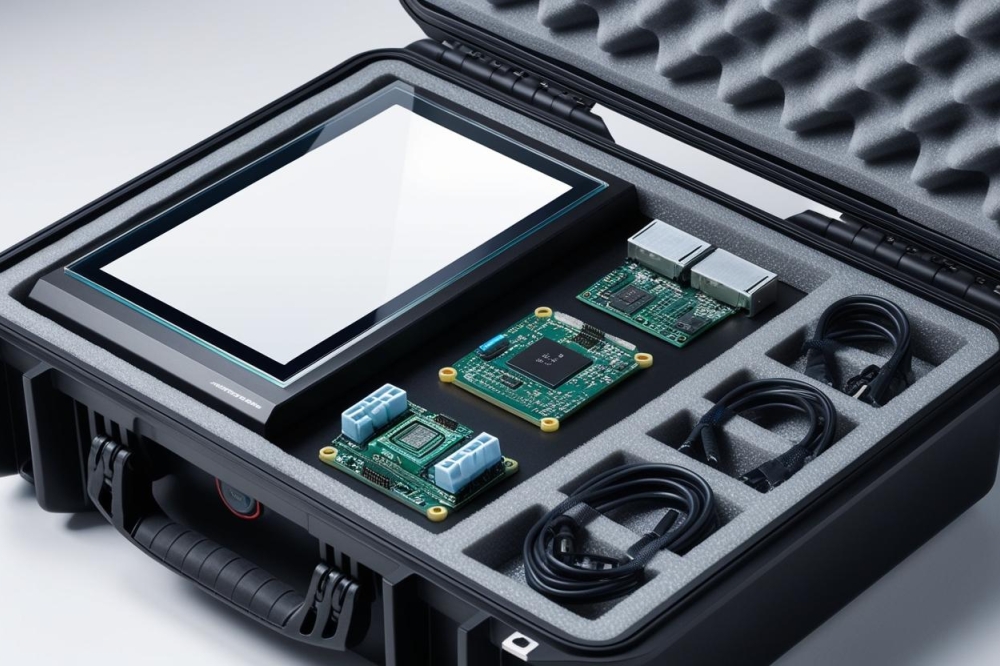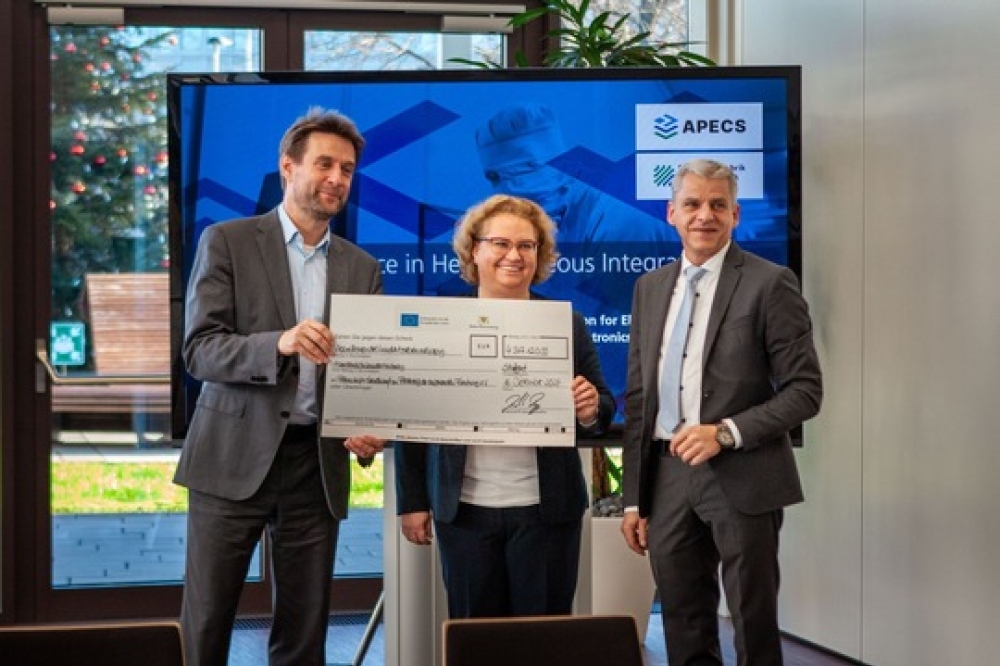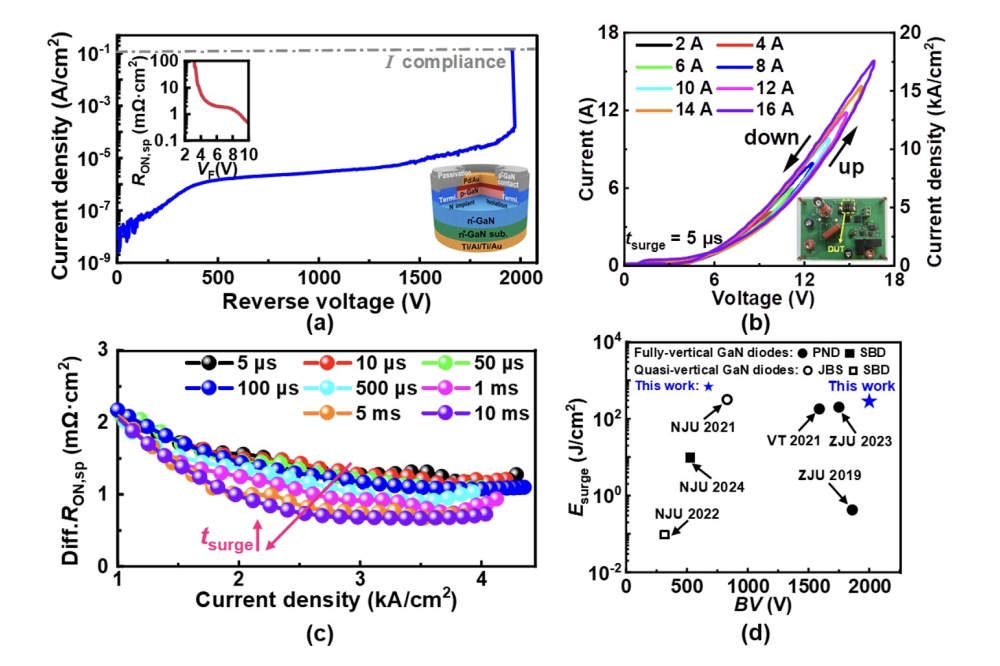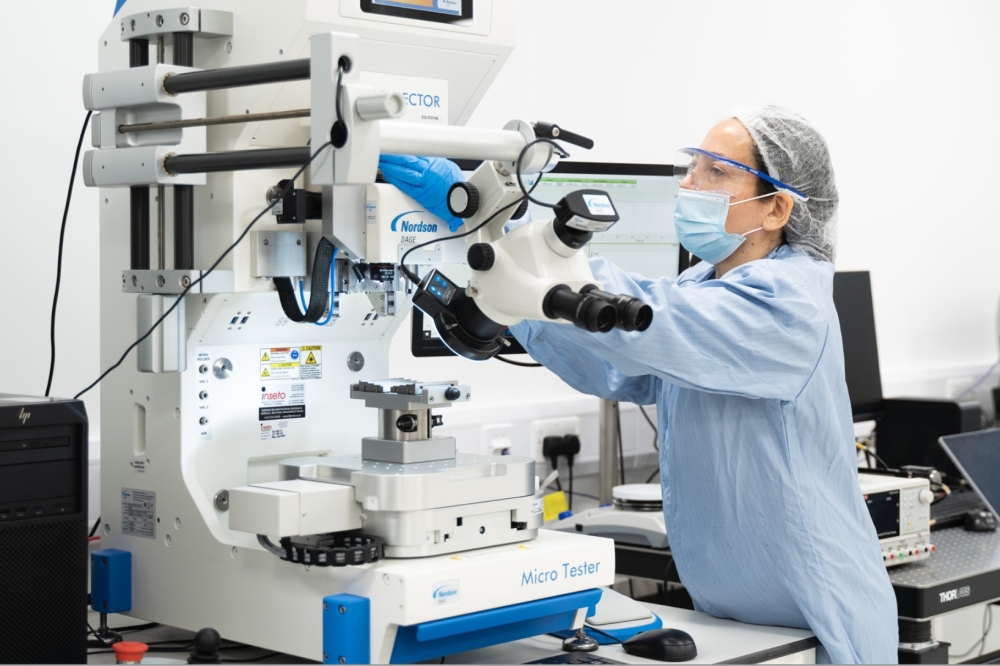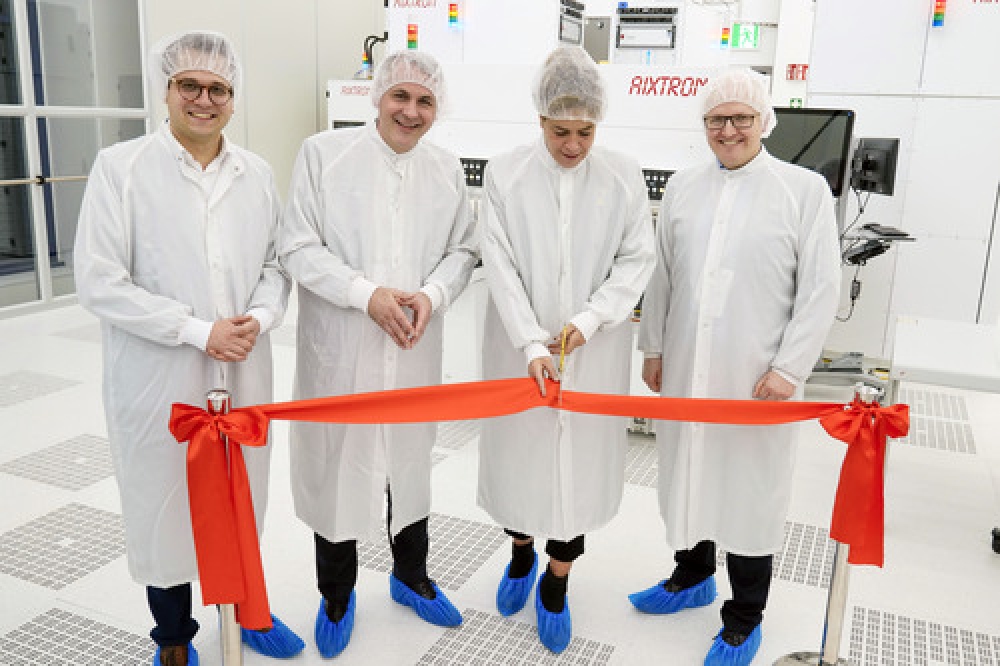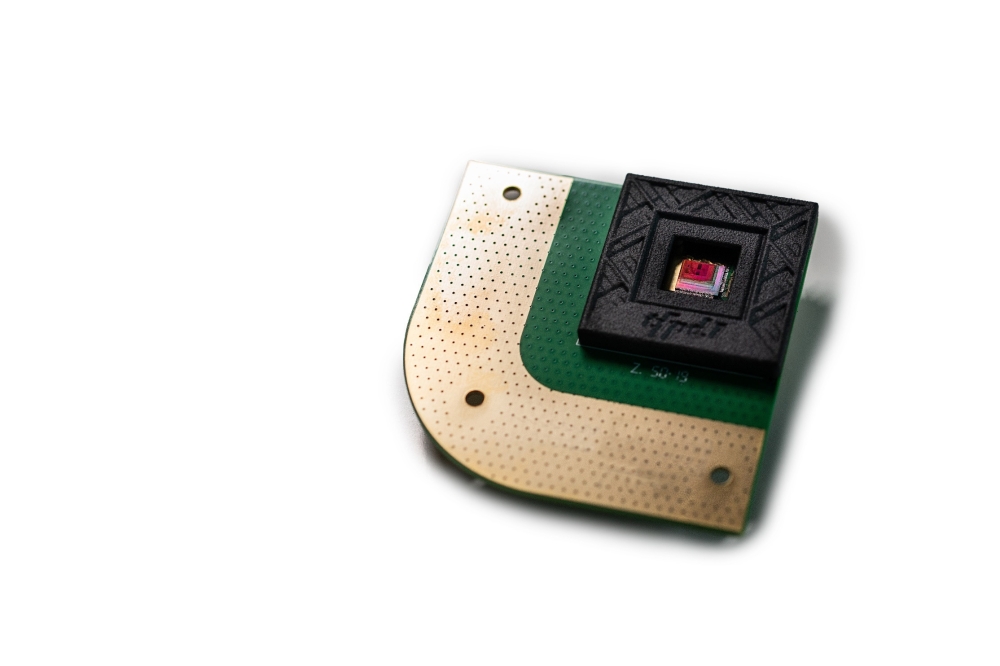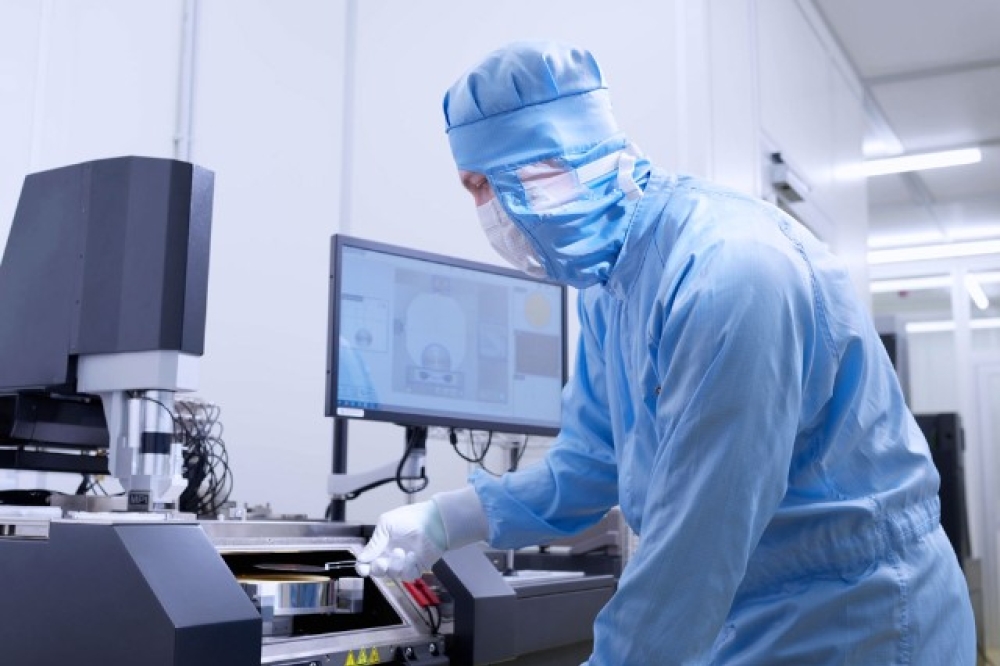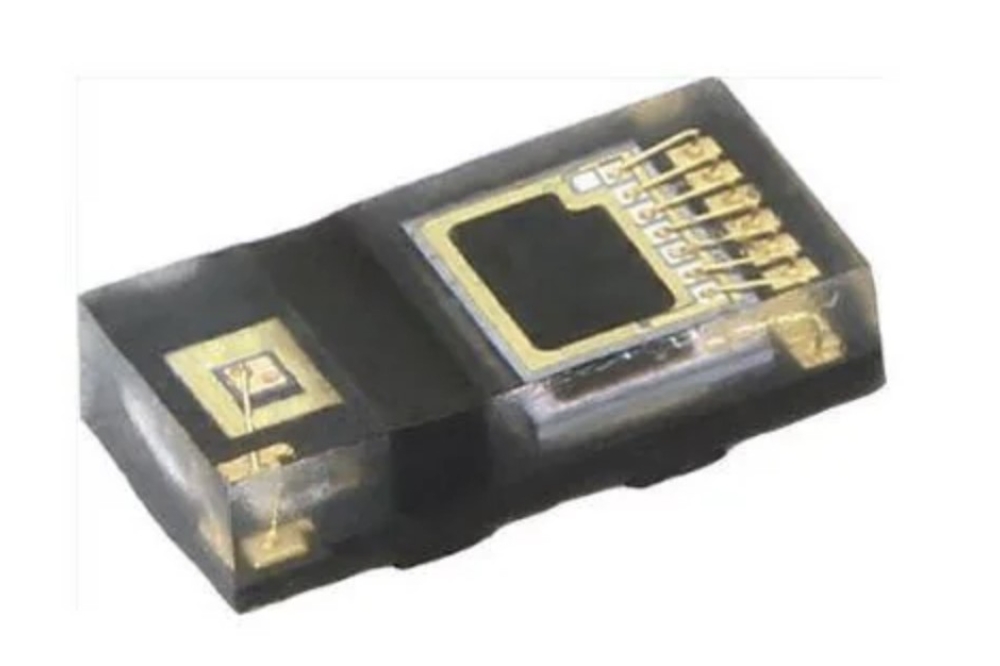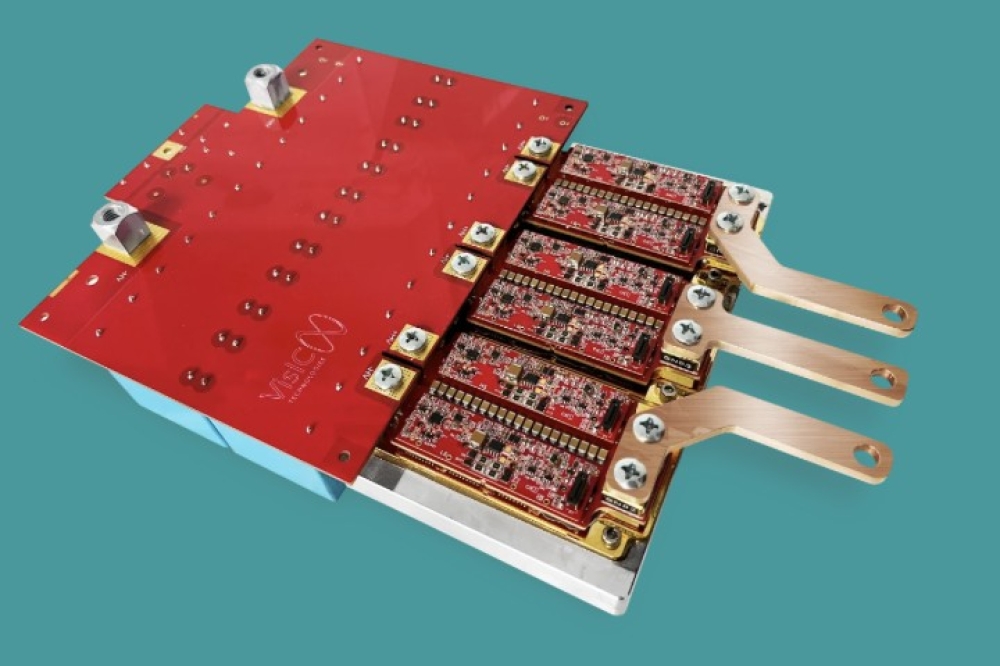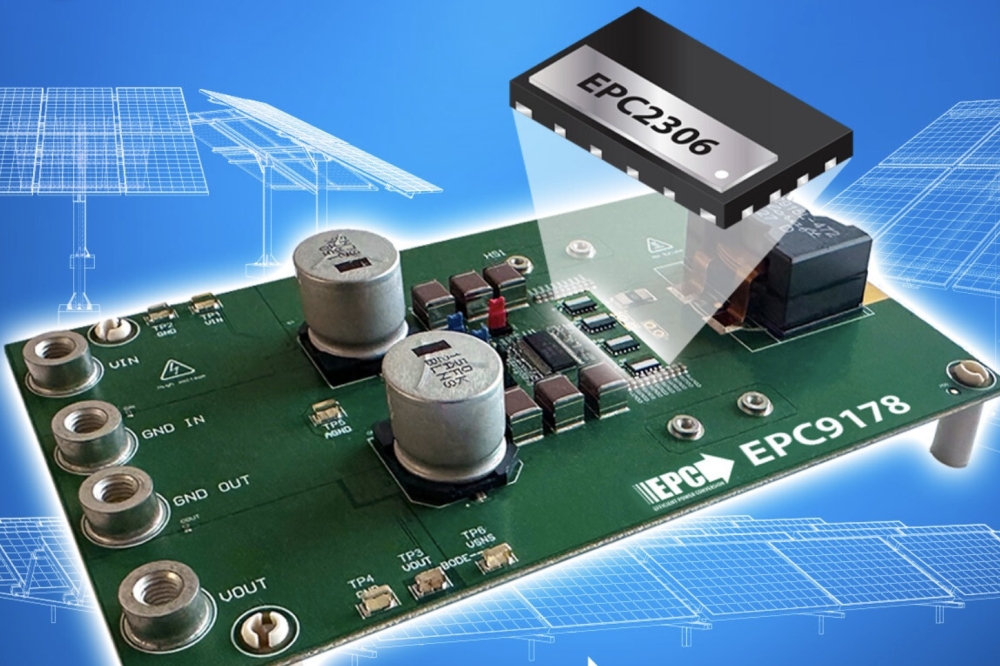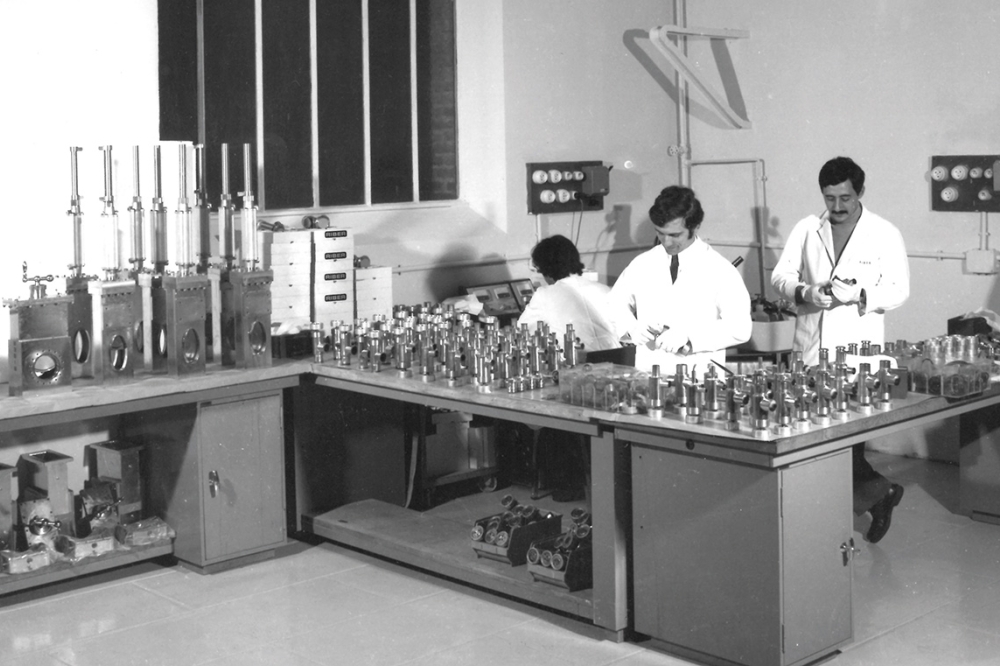Ultrafast optical scope uses chalcogenide glass chips
![]()
The ARC Centre for ultrahigh bandwidth devices for optical systems (CUDOS) at the University of Sydney and the Australian National University, has used chalcogenide glass optical chips to develop an optical oscilloscope with 20 times the resolution possible using conventional electronics.
Pictured above is Simon Lefrancois from the University of Sydney's School of Physics holding a chalcogenide optical chip used in the terabit oscilloscope.
The chips were made using nano-fabrication capabilities developed in Australia, while the laser for optical data analysis is based on Alnair Labs' patented carbon nanotube short pulse technology. The optical oscilloscope can directly resolve the terabit data signals being researched for next generation fibre optics super-channels.
"This is a major advance in a crucial diagnostic tool for next-generation ultrafast fibre optics communications systems used for broadband internet and cloud computing. It is made possible by our collaboration with Alnair Labs Corporation in Tokyo," said Ben Eggleton, director of CUDOS.
"It opens the way for jump-starting the creation of an Australian optical chip foundry based on the local manufacture of highly specialised glasses used for low power, high speed processing on compact chips. We are well advanced in our talks with Alnair Labs about commercial scale supply of this technology."
CEO of Alnair Labs Sze Set said: "This achievement is exciting proof of how industry and academia can collaborate on a global scale to realise the next generation of photonic technology with the potential for commercialisation."
CUDOS is a research consortium with the aim to be a world-leader in research in on-chip photonics for all-optical signal processing. It is made up of seven Australian Universities: The University of Sydney (main host of CUDOS), Macquarie University, University of Technology Sydney, Australian National University, Swinburne University of Technology, RMIT University and Monash University.
The CUDOS team in the Laser Physics Centre (LPC) at the Australian National University fabricates planar optical waveguides and photonic crystal structures from chalcogenide glasses in support of the CUDOS program. The resulting structures are supplied to other researchers within CUDOS, involved in device development and testing, particularly those at the University of Sydney.
Alnair Labs Corporation was established on 29th August 2001, as one of the first venture companies with the aim to commercial photonics technologies from the University of Tokyo. Presently, Alnair Labs is the leading manufacturer of ultra-short pulse laser systems and solutions based on proprietary carbon-nanotubes photonic technology.

